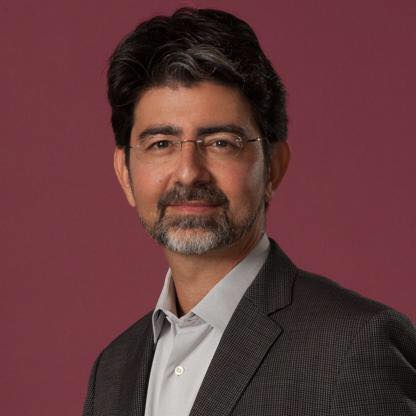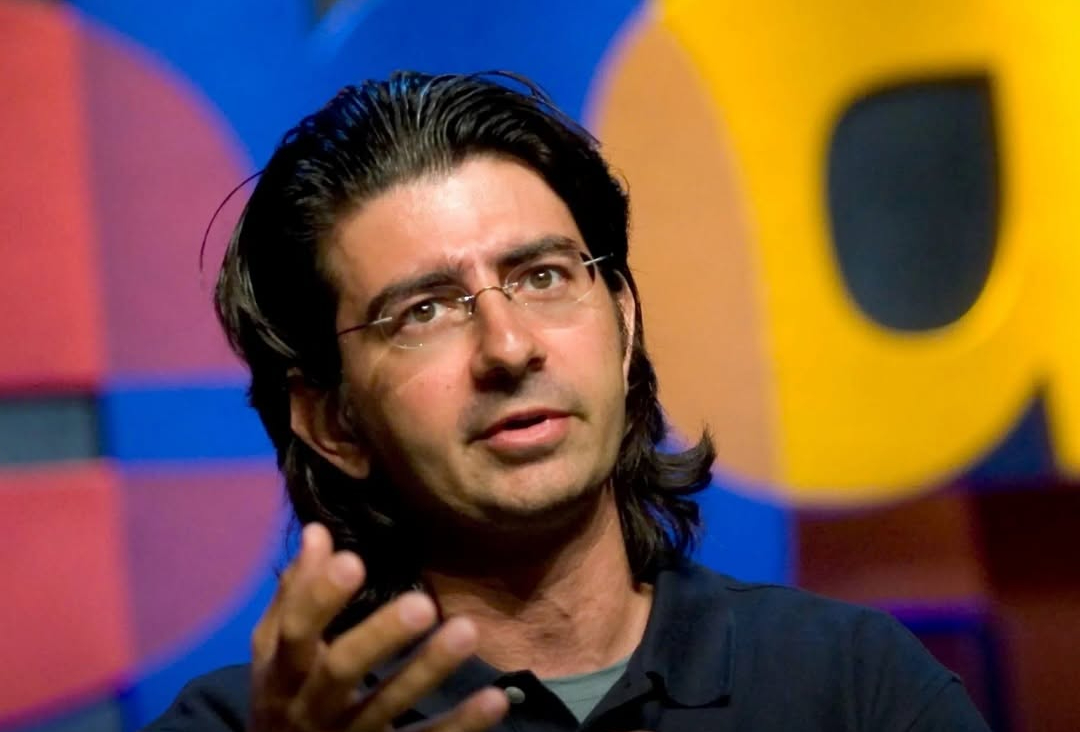Pierre Omidyar After eBay: From Digital Disruptor to Global Power Player
Most Silicon Valley billionaires crave attention. Not Pierre Omidyar. The man who created eBay in 1995—and turned it into a household name—has spent the past two decades quietly building something far more ambitious. While others double down on rockets or social media, Omidyar has invested billions into philanthropy, democracy initiatives, and independent media. His influence today may be less visible than it was during eBay’s meteoric rise, but in many ways, it’s far more powerful.
From Broken Laser Pointer to Global Marketplace
Omidyar’s journey began in San Jose, California, when he launched AuctionWeb (later renamed eBay) as a side project. Its first sale? A broken laser pointer. Within three years, the platform was hosting millions of auctions, and by 1998, eBay went public, making Omidyar a billionaire at just 31. By the early 2000s, eBay was synonymous with online shopping and had acquired PayPal, cementing its dominance in e-commerce {1}.
Stepping Away: Why Omidyar Left Day-to-Day Operations
Unlike many of his peers, Omidyar didn’t cling to the CEO chair. By the mid-2000s, he had stepped back from daily management. When eBay spun off PayPal in 2015, Omidyar remained a major shareholder, but his focus had shifted to a bigger question: How could his fortune reshape society itself?

The Omidyar Network: Philanthropy Meets Venture Capital
Founded in 2004, the Omidyar Network blurred the line between traditional philanthropy and venture capital. Instead of just writing checks to charities, Omidyar invested in both non-profits and for-profit startups aligned with his mission. The focus:
-
Democracy & governance – supporting transparency, anti-corruption, and citizen engagement.
-
Financial inclusion – investing in fintechs that bring banking to the unbanked.
-
Property rights & education – backing organizations that empower individuals economically.
Since its founding, the network has committed over $1.5 billion globally {2}. It was one of the earliest examples of what’s now called impact investing—a model that’s been widely copied by other billionaire philanthropists.
Betting on the Fourth Estate: Journalism for the Digital Age
Omidyar also became a media mogul, albeit reluctantly. In 2013, he founded First Look Media, designed to support investigative journalism. Its flagship outlet, The Intercept, co-launched with Glenn Greenwald, Laura Poitras, and Jeremy Scahill, became famous for publishing the Edward Snowden NSA leaks.
While The Intercept has faced turbulence—staff changes, editorial conflicts, and funding shifts—it underscored Omidyar’s belief that a free press is essential to democracy {3}. Few billionaires have invested so heavily in investigative journalism, making this one of the more unusual chapters of his career.
A Quiet Political Power Broker
Through The Omidyar Group, Omidyar funds democracy-building initiatives across the globe. From campaign finance reform in the U.S. to anti-corruption work in Africa and Asia, his influence stretches far beyond Silicon Valley. Critics argue his reach sometimes rivals that of elected governments, while supporters hail him as a counterweight to authoritarianism.
This quiet political role makes Omidyar one of the most consequential, yet least understood, tech billionaires. He doesn’t make bold proclamations like Elon Musk or Jeff Bezos—but his checkbook and networks shape debates in Washington, Brussels, and beyond {4}.

Pierre Omidyar
Wealth Today: Still a Billionaire, But on His Own Terms
As of 2025, Pierre Omidyar’s net worth hovers around $9–10 billion {5}. Most of his fortune remains tied to his eBay holdings and a diversified portfolio of investments. Unlike many peers, he’s avoided personal vanity projects like space travel or mega-yachts. Instead, he channels wealth into purpose-driven ventures.
Legacy: The Billionaire Who Chose Influence Over Fame
Pierre Omidyar could have stayed the face of eBay, endlessly milking the brand that made him rich. Instead, he chose a different path: one that mixes philanthropy, activism, and media influence. His legacy is not just the global marketplace he built but the less-visible institutions he has strengthened—nonprofits, newsrooms, and democratic movements.
In an era where billionaire influence often sparks controversy, Omidyar remains an enigma: a founder who deliberately stepped out of the spotlight yet may have more impact now than ever before.
Related: Simple CRM Tools for Small Nonprofits With Custom Needs
Sources













